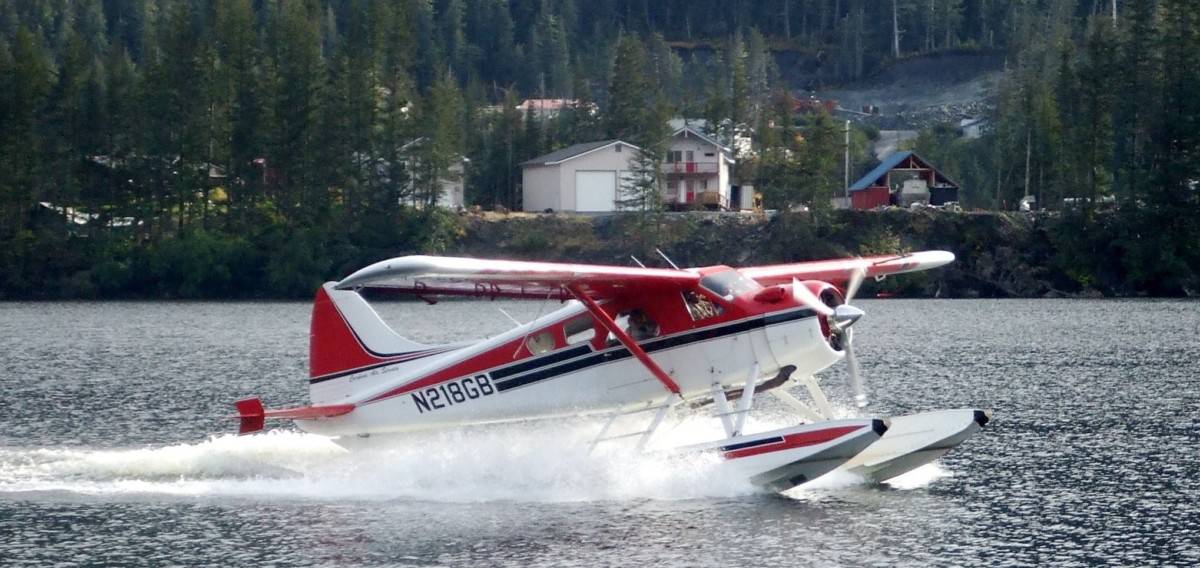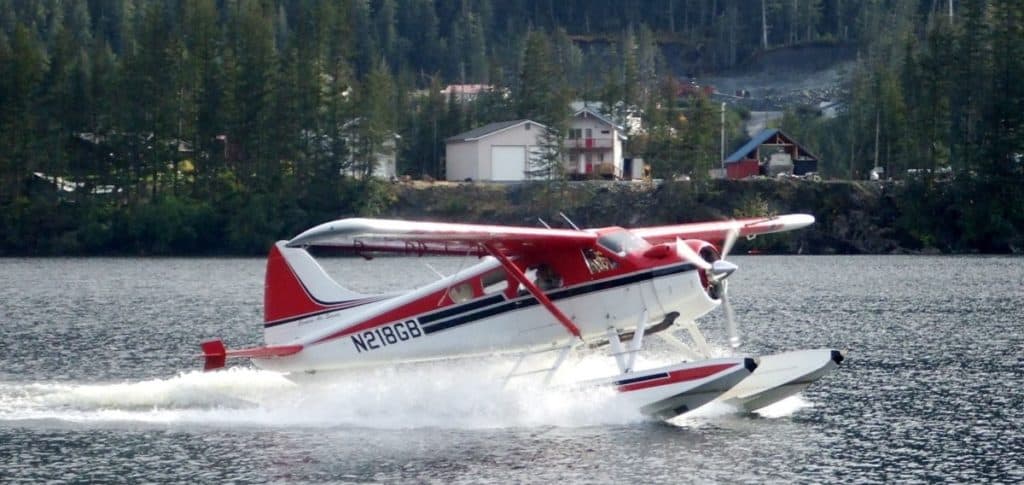
I remember seeing my first seaplane on a trip to Seattle many decades ago and seeing this airplane practically clipping the rooftops of houses before landing in the bay right next to the city. This instantly perked my attention as I had never really thought about planes landing on the water before! This drew me to find out more about them.
A seaplane is a type of aircraft that takes off and lands on a body of water and does not require a runway. The original seaplanes had a boat-like hull that had sufficient buoyancy so that they could float on water. These aircraft were called flying boats. They can have floats or retractable wheels.
Today’s modern seaplanes are primarily light aircraft equipped with floats or pontoons that enable them to land on water. They are built and operated for various specialized flying activities such as:
- Island hopping
- Sightseeing and tourism
- Search and rescue missions
- Firefighting
- Coastal surveillance
- Scientific expeditions
The largest seaplane ever was the H-4 Hercules built by Hughes Aircraft Company in 1947, more commonly known as ‘The Spruce Goose’ for the fact it’s primarily made out of spruce. I have personally seen this monster in its home at the McMinnville Aircraft Museum in Oregon and it is huge!
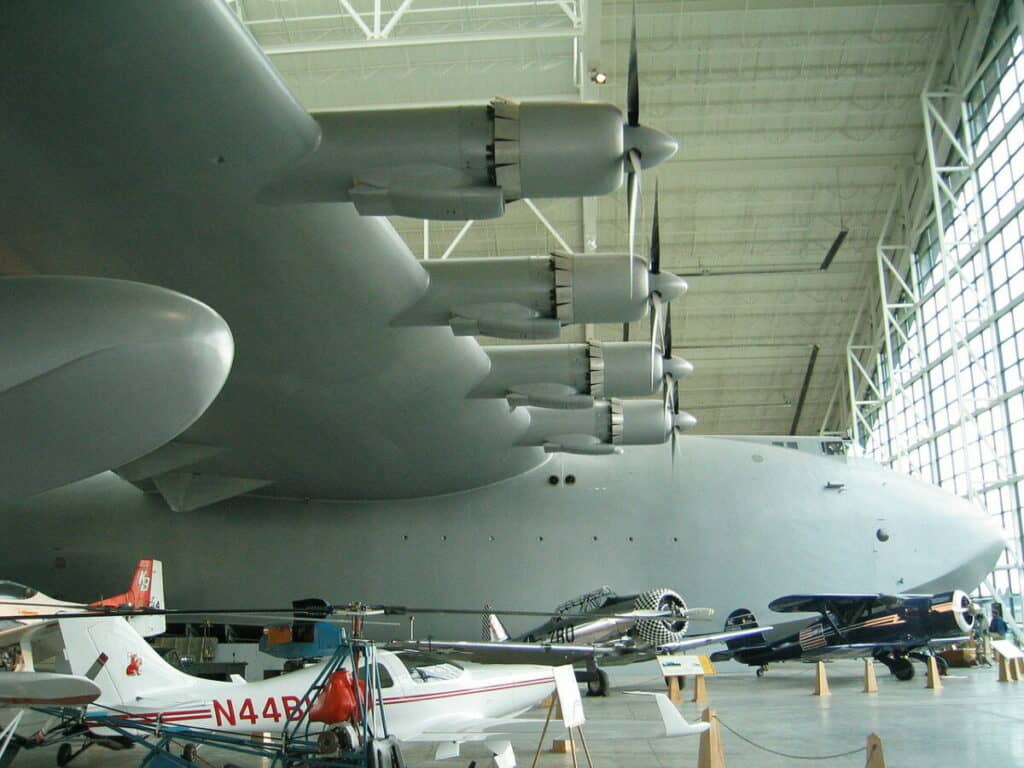
The giant flying boat was over 252 feet long and had 8 engines. It however only flew once for about a mile off the coast of California.
The 4 engined Boeing 314 Clipper produced from 1938 to 1941 was one of the largest passenger aircraft that was extensively used commercially. It had sufficient range to cross the Atlantic and Pacific oceans carrying up to 68 passengers with space for 36 sleeping passengers in luxurious comfort and style.
What is the Difference Between a Seaplane and a Floatplane?
A floatplane is a conventional wheeled airplane where the landing gear has been replaced by floats that keeps the fuselage clear of the water. They are still classed as a Seaplane as they operate from water, but a floatplane is a type of seaplane. Some seaplanes have both wheels and floats called ‘Amphibs’.
These modern floatplanes are mostly small aircraft and are used for short-distance flights and specialized operations. They can operate even in rougher weather conditions due to their lighter weight and shorter takeoff distances.
They are very, very popular among private owners as they are cheap to own, maintain and run and have an extensive network of spare parts and communities dedicated to the private owner.
Learn More…
Try These Articles:
* Cost To Become A Pilot: All the Licenses Compared!
* When Can You Learn To Fly? All Ages Explained
What are Amphibs?
An amphibious aircraft can take off and land on both water and land. The floats each have a wheel attached at the front as well as a recessed wheel near the back of the float. The pilot can retract or extend the wheels for landing on land or stow them for water landings.
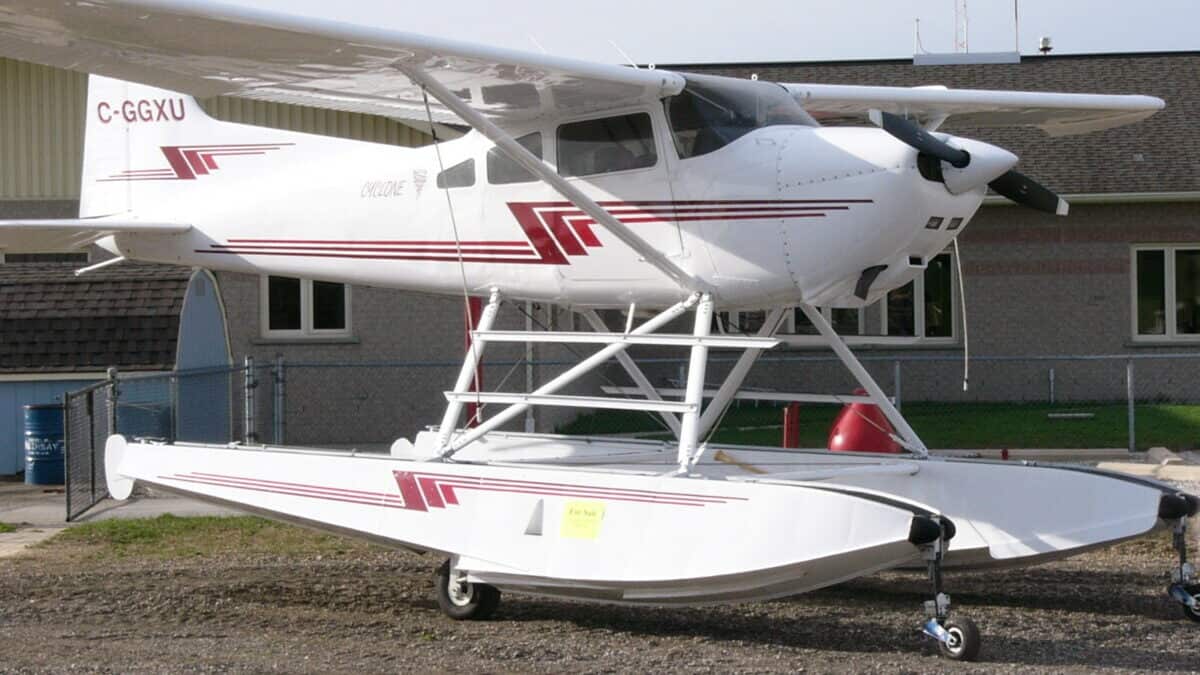
The ability to land and take off on both water and runways greatly increases the useability of a seaplane which makes them great for operations like fire-fighting, remote logistics, tourism, and survey work.
Amphib floats are not cheap to purchase hence why many private owners just stick to floats. Even a set of amphibs for a small Cessna can cost over $50,000 used. They require more maintenance and are a lot heavier compared to floats but if the operation requires lots of landing on both land and water then amphibs are the way to go.

Join My Newsletter & Get Great Tips, Information and Experiences To Help You Become a Superb Pilot!
What Kind of Pilot License do you Need to Fly a Seaplane?
You can fly a seaplane with a Sport Pilot Certificate with Seaplane endorsement or gain a Private Pilot or Commercial Pilot Certificate with a Single-Engine Sea (SES) or Multi-Engine Sea(MES) class rating. The ratings allow seaplanes to be easily added to a pilot certificate after training and a flight test.
There is no fixed requirement of flying hours for the add-on rating but usually anywhere from 5-10 hours is usually undertaken before applying for the Seaplane flight test. The number of hours taken will depend on the flight examiner and the seaplane pilot student.
Some students prefer to do their entire Private Pilot Certificate on a floatplane if they know that is all they are going to fly or use their own aircraft which dramatically reduces the cost to become a seaplane pilot.
What are Seaplanes Used For?
Seaplanes were once huge aircraft used for luxurious intercontinental travel only feasible for the ultra-rich. These large aircraft are obsolete now but the seaplanes’ role has changed as modern aircraft are used for a wide variety of operations:
Island Hopping
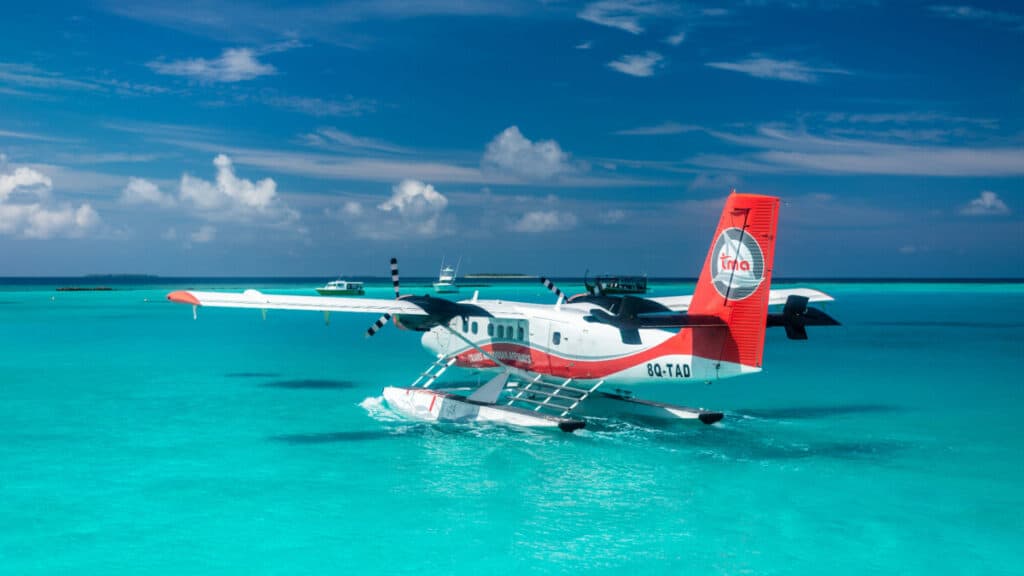
One of the most popular uses for seaplanes these days is air charter service. Seaplanes are very useful for countries with many small islands like the Philippines and Maldives
They are an efficient way of getting from one place to another, mostly in short hops between islands.
Sightseeing and Tourism
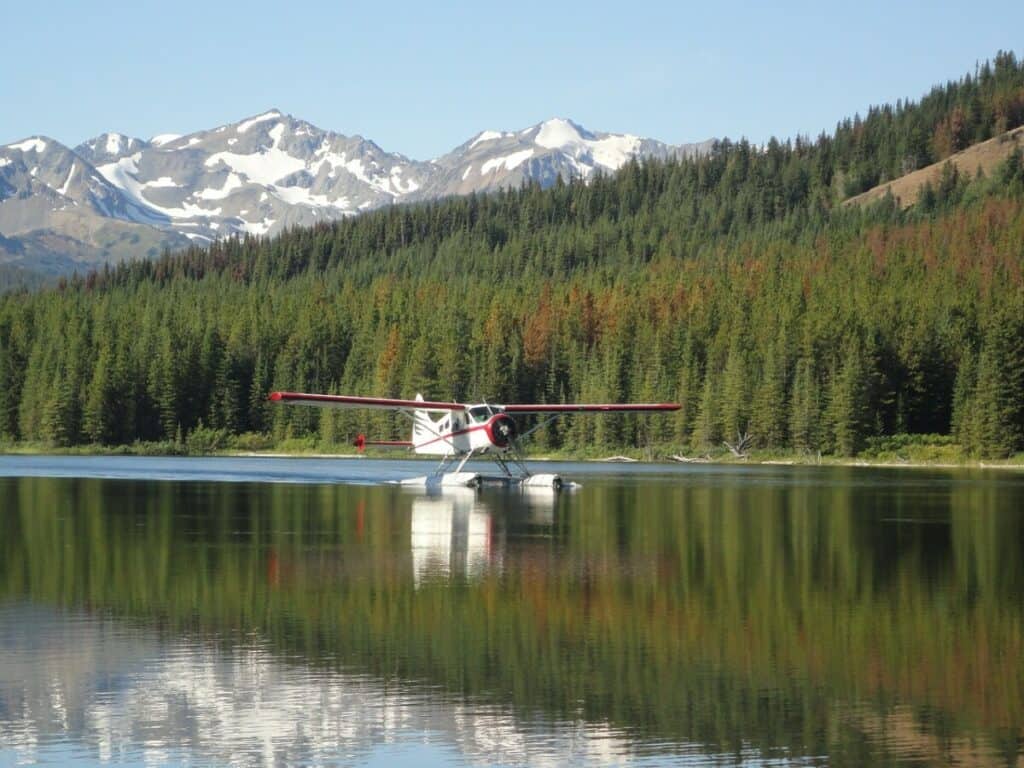
Seaplanes are particularly useful for the tourism industry offering scenic flights around the world offering spectacular experiences and providing a bird’s eye view which makes it a wonderful flight of the surrounding area.
Flying over the rough terrain, jungles, and mountains passengers can observe stunning panoramas from above while stopping for lunch at a remote resort or dropping into that prime fishing spot.
Search and Rescue
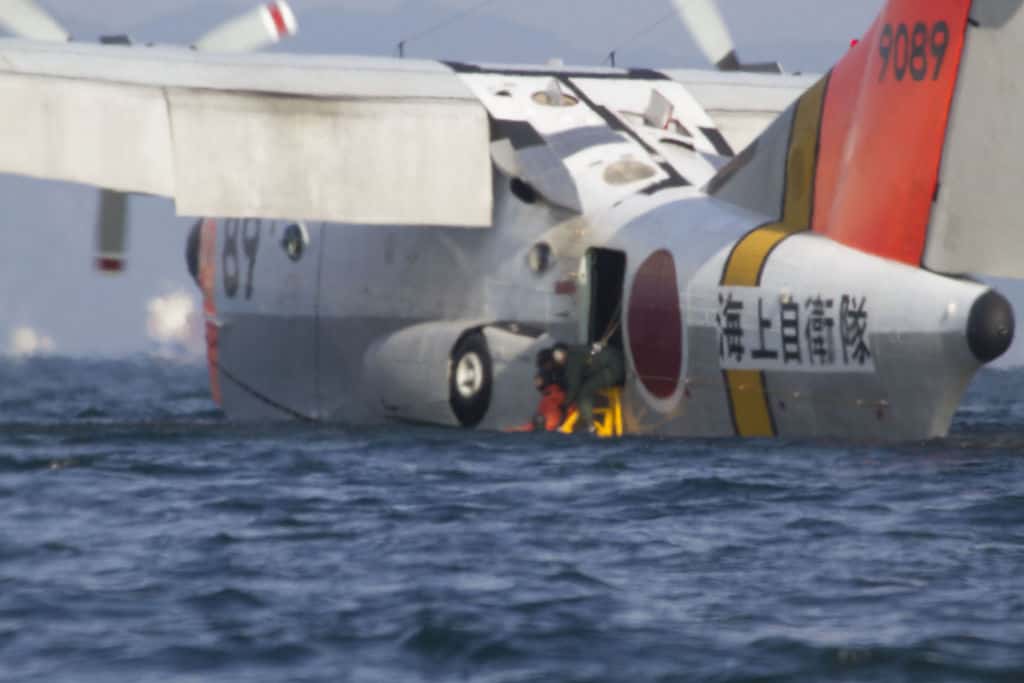
In case of a tragedy at sea, search and rescue teams must get to the location as quickly as possible.
Seaplanes are ideal for such search and rescue missions because they can move fast and can get closer to the accident quickly compared to a helicopter, especially if some distance offshore.
Remote Access
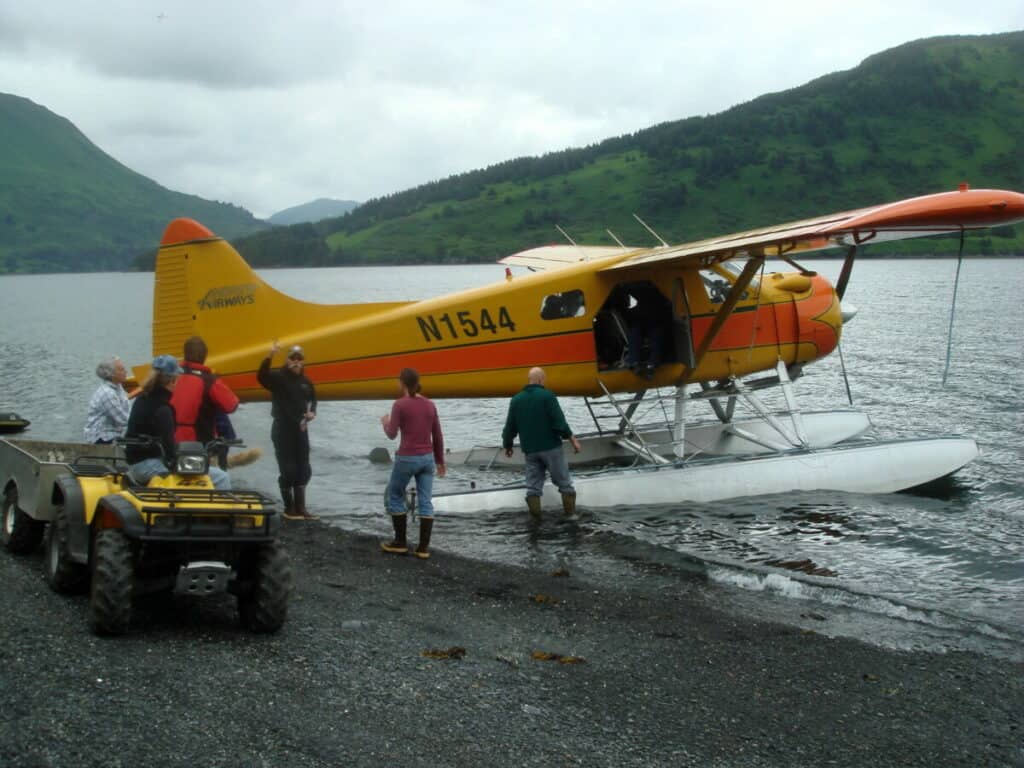
In many remote places where there are no roads and regular planes cannot land, seaplanes are the lifeline.
They have the advantage of being able to fly into small lakes making them perfect for delivering passengers, cargo, groceries, building supplies, and even tin boats strapped to their floats.
Remote fishing resorts are big users of seaplanes.
Scientific Expeditions
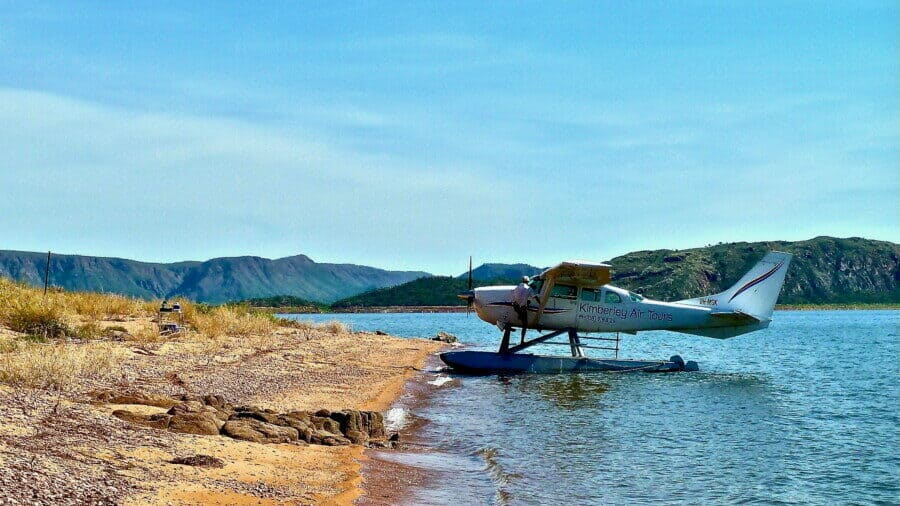
Seaplanes are extensively used in marine biological research. Many scientific organizations in the US such as the Fish & Wildlife Service and National Oceanic and Atmospheric Administration use seaplanes for a variety of scientific research and conduct expeditions to track marine and other wildlife.
Firefighting
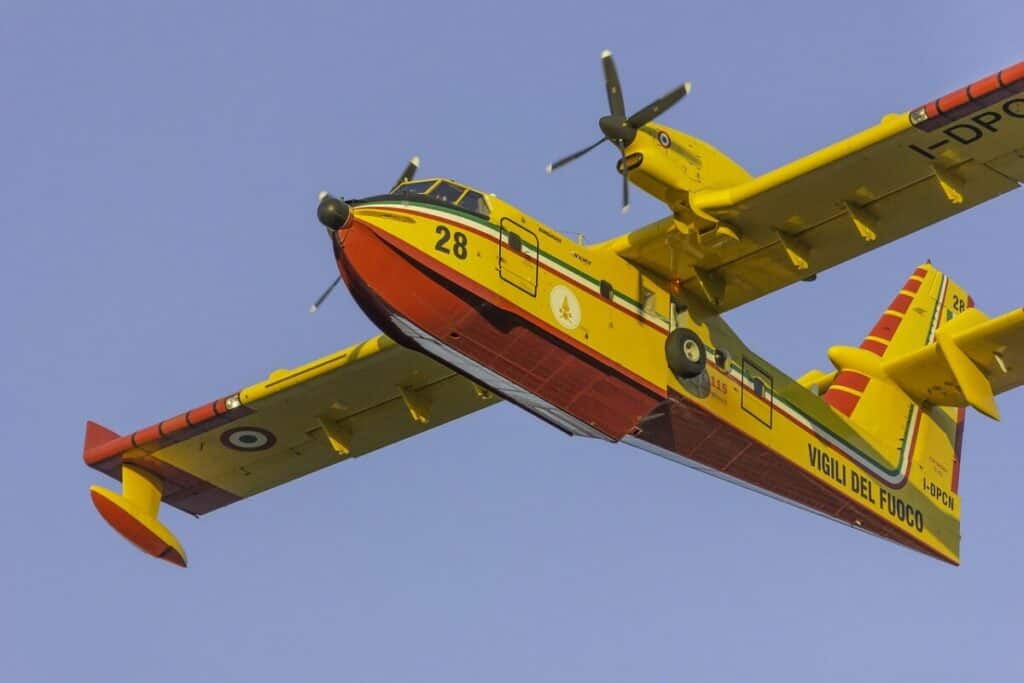
Used extensively throughout the world the CL-415 water bomber is one of the most recognized seaplanes there is. With their retractable wheels, they are based near known wildfire hotspots.
With wheels retracted the CL-415 is able to land on water and speed while scooping thousands of liters of water to then drop on a wildfire through belly-mounted doors.
Learn More…
Try These Articles:
* Landing A Helicopter On Water – Can It Be Done?
* What Are Helicopters & Planes Dropping On Wildfires?

